Retro Replay Review
Gameplay
Inherit the Earth: Quest for the Orb delivers a classic point-and-click adventure experience that leans heavily on exploration, puzzle-solving, and dialogue choices. Players guide Rif, the young fox protagonist, through a richly detailed anthropomorphic world, clicking through varied environments to uncover clues and interact with an eclectic cast of characters. The game’s interface is intuitive for genre veterans, though newcomers might need a few minutes to familiarize themselves with inventory management and dialogue tree navigation.
(HEY YOU!! We hope you enjoy! We try not to run ads. So basically, this is a very expensive hobby running this site. Please consider joining us for updates, forums, and more. Network w/ us to make some cash or friends while retro gaming, and you can win some free retro games for posting. Okay, carry on 👍)
The puzzles in Quest for the Orb strike a balance between straightforward inventory-based challenges and more intricate logic tests that require careful note-taking. You’ll find yourself combining items to create new tools, deciphering cryptic messages, and triggering environmental changes—all in service of tracking down the stolen Orb of Storms. While a handful of puzzles can feel obtuse by modern standards, the game provides subtle hints through character banter and environmental storytelling, ensuring that progress never grinds to a complete halt.
Dialogue choices also play a pivotal role in shaping Rif’s relationships with the various tribes. Engaging with group leaders—whether it’s the stoic sheep elders, the reclusive rabbit mystics, or the boisterous boars—unlocks new areas and information. These conversations aren’t merely decorative; they guide the narrative, reveal side quests, and sometimes even influence the game’s final resolution. Although the game doesn’t feature branching endings, the depth and variety of its dialogue trees reward attentive players.
One of the game’s most memorable mechanics is its day–night cycle and weather system, tied directly to the Orb of Storms. As you progress, forecasting storms becomes a tangible gameplay element: planning your exploration around predicted downpours adds an immersive layer of strategy. This mechanic, while simple by today’s standards, was groundbreaking at release and continues to lend the world an engaging sense of dynamism.
Graphics
Released in the mid-’90s, Inherit the Earth’s pixel art aesthetic holds up remarkably well, capturing the quaint charm of a tutorial-era adventure title. The hand-drawn backgrounds are detailed and varied—from lush farmland and misty woodlands to subterranean caverns and the hallowed halls of tribal councils. Each location feels distinct, with thoughtful touches like rustling grasses, flickering firelight, and drifting storm clouds adding life to static screens.
Character sprites are expressive, with each anthropomorphic tribe rendered in a style that balances realism and cartoon-like exaggeration. Rif himself is easily readable, with clear animations that convey emotions like frustration, curiosity, and determination. NPCs, too, are animated with care; subtle movements—ears twitching, wings fluttering, and noses sniffing—lend credibility to their personalities and keep the world from feeling lifeless.
The color palette emphasizes earth tones punctuated by vibrant accents: the boar tribe’s muddy reds, the sheep elders’ ivory robes, and the glimmer of the Orb itself all stand out beautifully against muted backdrops. Weather effects—especially rain and storm flares—are surprisingly dynamic, with pixel-based animations that underscore the Orb’s importance to the game’s mechanics. While not pushing the limits of modern graphics, the art direction’s consistency and charm remain a highlight.
Playback on modern systems may require emulation or compatibility settings, and some visual quirks—such as occasional dithering and fixed screen resolutions—reflect the era’s technical constraints. However, these artifacts often contribute to the retro allure rather than detract from it, reminding players of the game’s historical context and pioneering spirit.
Story
At its core, Inherit the Earth tells a timeless tale of wrongful accusation and redemption. Rif, a young fox, is framed for stealing the Orb of Storms—an artifact critical to predicting weather and maintaining peace among the animal tribes. From the moment the false accusation is leveled, the game hooks you with urgency: clear your name, rescue your beloved Tenn, and avert an impending war between foxes and boars. The stakes are personal and political, driving a narrative that unfolds organically through exploration and conversation.
As Rif chases leads across the countryside, an undercurrent of mystery grows stronger: the origins of the tribes themselves. The legend of vanished humans who granted animals the power of thought and speech adds a layer of mythic intrigue. Discovering the truth behind this legend isn’t just optional lore—it becomes central to understanding the Orb’s true purpose and the fragile equilibrium binding the diverse communities.
Character development is a distinct strength. Allies such as the curious raccoon investigator and the grizzled boar warrior each bring their own agendas and backstories, preventing the plot from feeling one-dimensional. Even secondary characters, like the sheep elder who mourns her failing crops or the rabbit mystic wrestling with prophetic visions, contribute emotional weight and thematic depth. These interpersonal dynamics ensure that the narrative remains as engaging as the puzzles themselves.
The pacing is deliberate, allowing moments of introspection between high-stakes revelations. Cutscenes are scarce but impactful, often relying on written dialogue and character portraits rather than full-motion cinematics. This minimalist approach keeps the focus on player-driven discovery, letting you piece together the larger mythos without being spoon-fed every detail.
Overall Experience
Inherit the Earth: Quest for the Orb remains a compelling adventure for fans of narrative-driven, puzzle-centric games. Its blend of charming pixel art, thoughtful world-building, and an emotionally resonant storyline grants it a timeless appeal. While certain gameplay conventions may feel dated—pixel hunting for tiny hotspots, for example—the game’s strengths far outweigh these minor irritations.
The sense of immersion achieved through environmental storytelling and a dynamic weather system elevates the experience. Forecasting storms via the Orb isn’t just backstory; it shapes your decisions and strategies, reinforcing the artifact’s thematic significance. This interconnectivity between narrative and mechanics exemplifies smart design, particularly for a game of its era.
Though newcomers might need patience to adapt to older interface quirks, dedicated players will find satisfaction in unraveling every secret. The emotional payoff—clearing Rif’s name, restoring peace among the tribes, and glimpsing the truth about humanity’s legacy—feels earned after hours of investigation and dialogue. Replay value is solid too, thanks to varied dialogue options and hidden lore tidbits that reward thorough exploration.
Ultimately, Inherit the Earth offers a heartfelt journey through a world teetering between harmony and conflict. Its endearing characters, layered storytelling, and thought-provoking themes make it more than just a retro curiosity; it stands as a testament to the enduring power of adventure games to captivate and inspire. For anyone seeking an engaging, character-driven quest wrapped in classic point-and-click mechanics, this title is well worth rediscovering.
 Retro Replay Retro Replay gaming reviews, news, emulation, geek stuff and more!
Retro Replay Retro Replay gaming reviews, news, emulation, geek stuff and more!

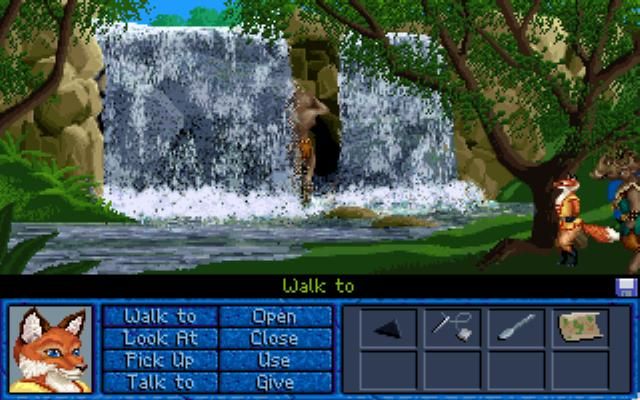
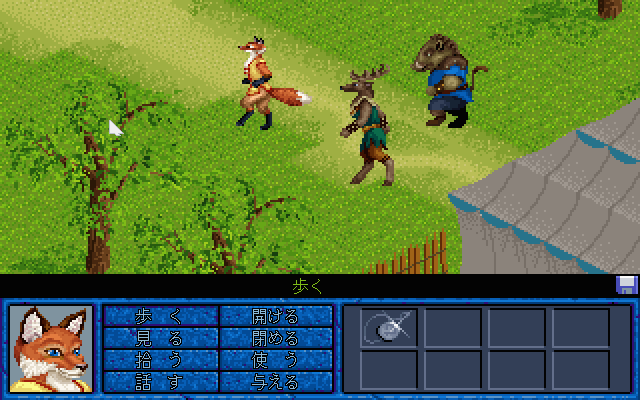
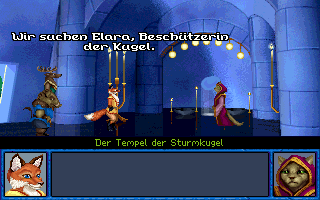
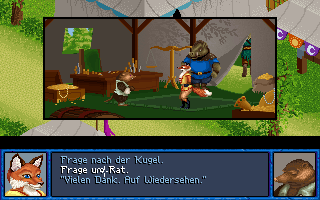
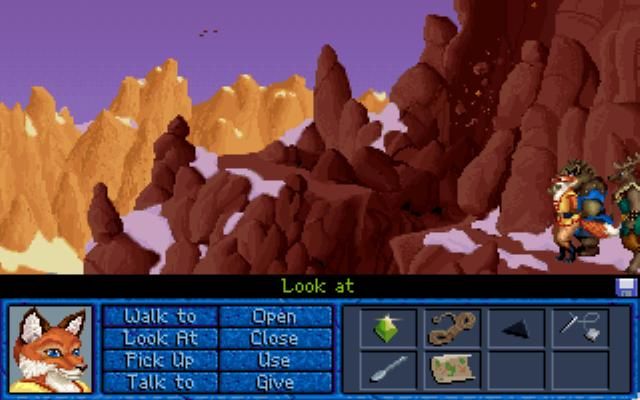



Reviews
There are no reviews yet.